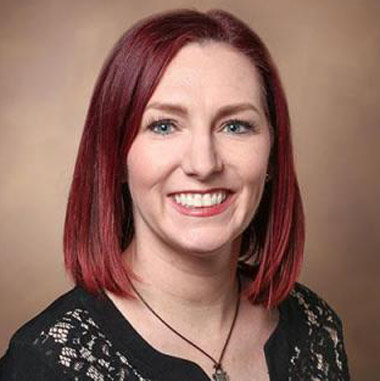Pericardial effusions (PCEs) after hematopoietic stem cell transplant (HSCT) are not uncommon among pediatric patients, but their recognition and treatment may not be timely. A new study from researchers at Monroe Carell Jr. Children’s Hospital at Vanderbilt and Vanderbilt-Ingram Cancer Center may prompt a better approach to identify and manage patients at high risk for PCEs.
Using Pediatric Health Information System® (PHIS) data, pediatric hematologist/oncologist Carrie Kitko, M.D., medical director of the Pediatric Stem Cell Transplantation Program at Children’s Hospital, and Vanderbilt pediatric cardiologist Justin Godown, M.D., investigated PCE incidence in allogeneic and autologous transplant patients and how it affected outcomes.
“In general, what we found supported close supervision in patients who have mild symptoms or are in a higher risk category. The data also suggest the desirability of more preemptive testing outside the current standard of care for these patients,” Kitko said.
Worse Odds for Allogeneic Patients
Kitko and Godown turned for answers to PHIS’ repository of records from 50+ hospitals after encountering many small, single-center studies that were often contradictory. “Our interest began when a couple of our cancer patients developed pretty significant PCEs after transplant. Their management can be pretty tricky, and there are no clear guidelines for when intervention is warranted,” Kitko said.
The researchers extracted data on 10,455 patients ≤21 years of age who had had HSCT. In total, 7.1 percent of patients developed a known PCE – 9.1 percent allogeneic recipients and 2.9 percent autologous recipients. In the allogeneic cohort, the team found several independent risk factors that may help guide future screening: thrombotic microangiopathy, heart failure, pre-HSCT PCE, arrhythmia, graft-versus-host disease (GVHD), and malignant indication for transplant.
Patients with autologous transplants and PCEs did not, as a whole, have worse survival rates than those who didn’t develop a PCE. In allogeneic patients, however, those with PCE experienced worse survival outcomes (five-year survival rate of 50.8 percent versus 76.9 percent). This was independent of other risk factors.
“PCE seems to be an important marker for risk of bad outcomes in children following allogeneic transplant,” Kitko said. “The results aren’t surprising, but knowing the statistics and which other factors put them at higher risk may drive a different decision matrix on monitoring, testing and treating these patients.”
“PCE seems to be an important marker for risk of bad outcomes in children following allogeneic transplant … Knowing the statistics and which other factors put them at higher risk may drive a different decision matrix.”
Questions Still Ahead
Yet to be answered is whether the poorer survival rates of patients who develop PCE after allogeneic transplant are partially because of the PCE, or whether GVHD or other immune reactions create the inflammatory environment of which a PCE is a relatively innocuous byproduct. Another question is how well patients with significant PCEs fare if their effusions are subsequently drained, versus those with small and/or untreated PCEs.
The overall data show that patients with PCEs had equal outcomes with and without invasive interventions such as pericardiocentesis, but Kitko points out that the PHIS data does not specify PCE size. “A small PCE may be noted but not drained, a midsize PCE may be watched and a large PCE may be drained. We don’t have fine enough distinctions in the data to inform a best practice on this,” she said.
Knowing which populations are at highest risk does tell providers, at the very least, that they should consider echocardiograms outside the standard 100-day and one-year post-HSCT assessments, Kitko said, and be ready to address other inflammatory complications in these patients. “This is particularly indicated in patients who have post-transplant thrombotic microangiopathy, which can occur in both the allogeneic and autologous settings,” she said.






